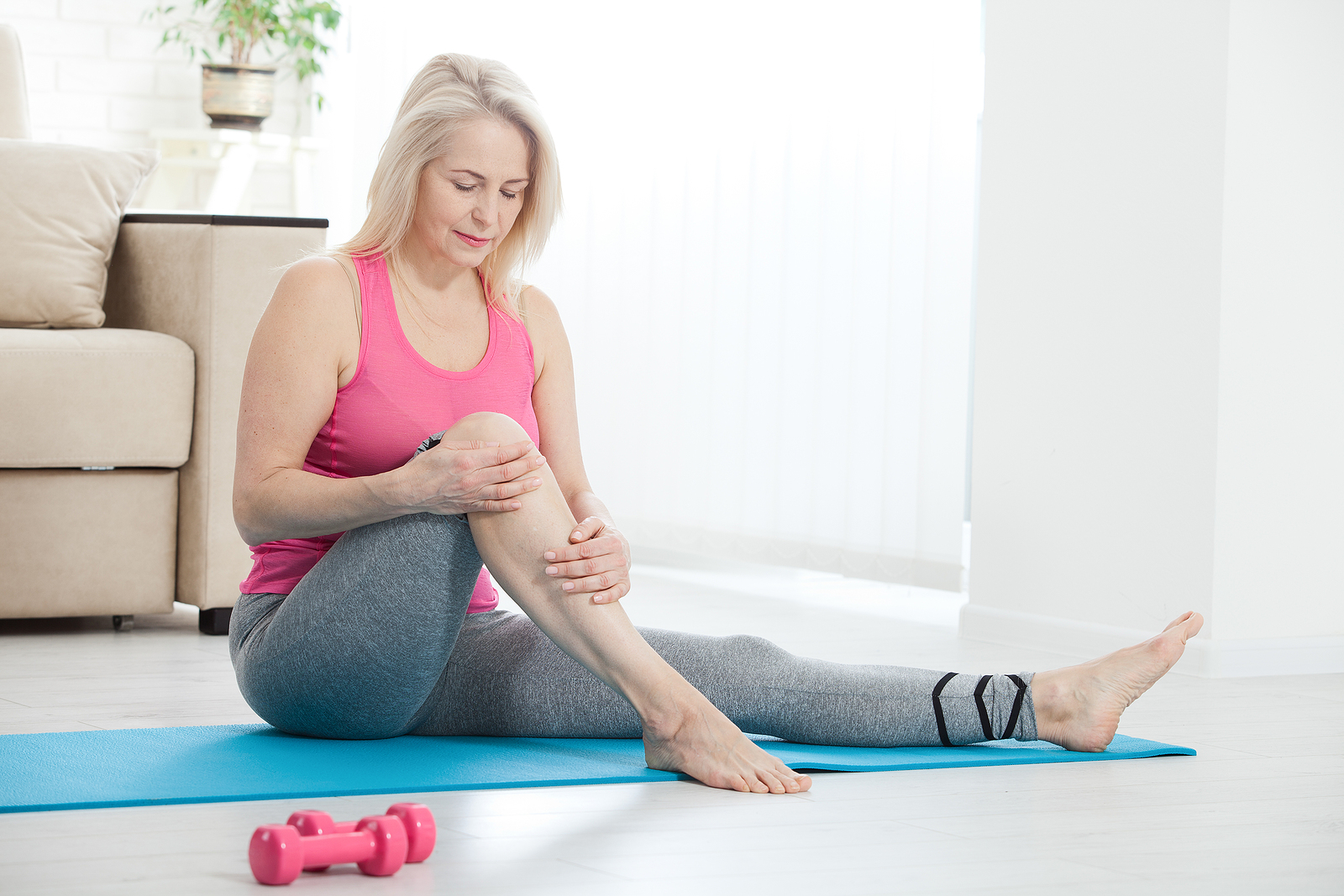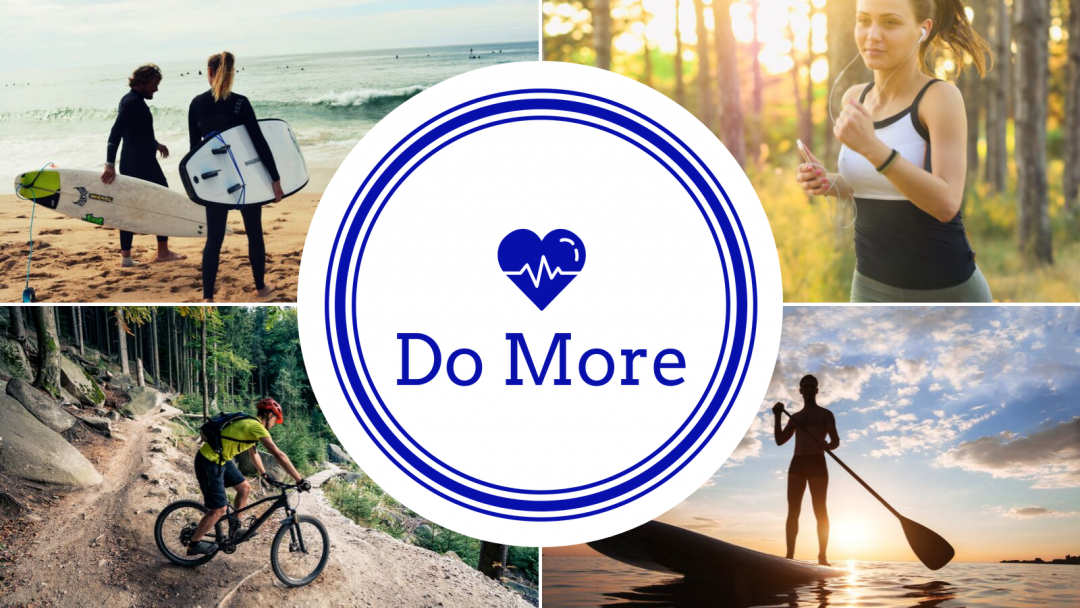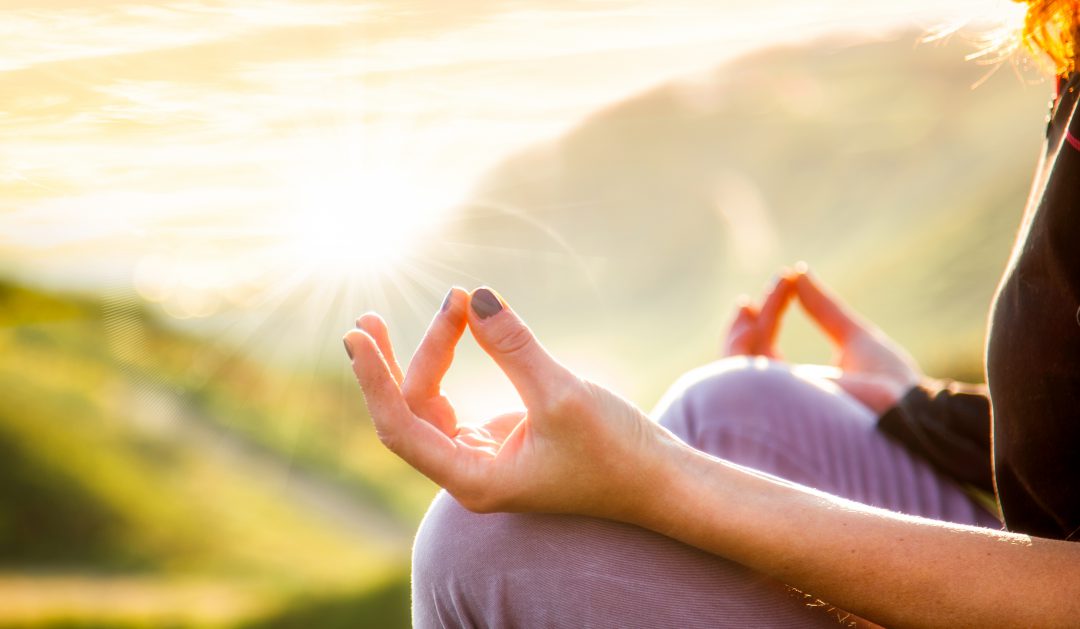Top Tips to Safely Move More
Tips For Safe & Effective Exercise:
Start slowly and progress.
Whatever led you to start moving more is fantastic, but you have a much higher chance of achieving your goal if you’re consistent instead of burning out after a few weeks. Exercise is for life, and you’ll reap all the benefits if you maintain progress!
Wear the right clothing.7
It may sound like a simple point, but it’s easily overlooked. If you’re planning a run don’t wear your flip-flopsthongs, if you’re engaging in combat sports wear a mouthguard and protective gear, if it’s cold wear layers and if it’s outdoors wear sunscreen. The last thing you need when you’re exercising is chafe, blisters, sunburn or injury…
Injury prevention.
If you’re following an exercise plan or have a goal in mind, the main barrier to success is injury. The easiest way to avoid this is to slow down and give your body time to adapt to the new movement, load or intensity. If you have an injury that flares up when you exercise, speak to a physiotherapist to see how you might modify your movement or overcome this hurdle.
Modify!
Exercise is for everyone but not every exercise is for everyone. After you’ve found a movement that you enjoy or want to stick with, make sure it suits you and your body. We’re all built differently so your squat, stride or double somersault pike won’t look like that of the person next to you. Leave your ego at home and modify the range of motion, intensity, movement or duration to ensure you’re progressing steadily and not causing injury.
Finding a program/trainer/exercise specialist.
We underestimate the confidence required to exercise, especially when it’s new to us! Don’t be afraid to ask for help, treat yourself like an athlete, like exercise is important to you, and find a professional to support you. If you’re unsure how to work around a health condition or injury, speak to an Exercise Physiologist and if not, have a chat with a personal trainer (read Exercise & Personal Trainers for help on finding the right one for you).
When To Stop – Red Flags2:
Stop exercising immediately and seek medical help if you experience:
- Chest pain or symptoms that indicate a heart attack: pain in the neck or jaw, pain travelling down the arm or between the shoulder blades.
- Sudden onset of severe breathlessness.
- Sudden onset rapid or irregular heartbeat.
- Feeling faint or like you might collapse.
There are exceptions to these red flags but unless you’ve consulted your GP, Accredited Exercise Physiologist or specialist, the safest option is to stop exercising and seek medical help.
If you have a health condition or a barrier to exercising, speak to your doctor about seeing an Exercise Physiologist. They may be able to refer you, with a ‘GP Management Plan’8, to be eligible for Medicare rebates. To find an Accredited Exercise Physiologist or exercise provider that suits your needs – visit the Do More Movement Directory https://do-more.live/activities
Disclaimer: The information and opinions expressed in this article are my own and not the advice of a local health district or governing body. Information has been collected from reputable sources at the time of writing. Always seek the guidance of your doctor with any questions regarding your own health or medical condition.
References:
1. Australian Bureau of Statistics. https://www.abs.gov.au/statistics/health/health-conditions-and-risks. Published 2022. Accessed December 9, 2023.
2. Physical Activity Australia. https://www.physicalactivityaustralia.org.au/wp-content/uploads/2016/09/Pre-Exercise-Screening-Form.pdf. Accessed December 9, 2023.
3. AusActive, ESSA, Sports Medicine Australia. Adult Pre-Exercise Screening. https://ausactive.org.au/policies-guidelines/adult-pre-exercise-screening-system/. Published 2019. Accessed December 9, 2023.
4. T. Skou PT PHD S, Klarlund Pedersen MD DMSc B, Haxby Abbott DPT PhD FNZCP J, Patterson PT B, Barton PT PhD C. Physical Activity and Exercise Therapy Benefit More Than Just Symptoms and Impairments in People With Hip and Knee Osteoarthritis. J Orthop Sport Phys Ther. 2018;48(6).
5. Kraus VB, Sprow K, Powell KE, et al. Effects of Physical Activity in Knee and Hip Osteoarthritis: A Systematic Umbrella Review. Med Sci Sports Exerc. 2019;51(6):1324-1339. doi:10.1249/MSS.0000000000001944
6. Smoliga JM, Mohseni ZS, Berwager JD, Hegedus EJ. Common causes of dyspnoea in athletes: a practical approach for diagnosis and management. Breathe (Sheffield, England). 2016;12(2):e22-37. doi:10.1183/20734735.006416
7. National Institute of Aging. Finding the Right Fitness Shoes and Clothes.
8. Services NSW. Chronic disease GP Management Plans and Team Care Arrangements.







